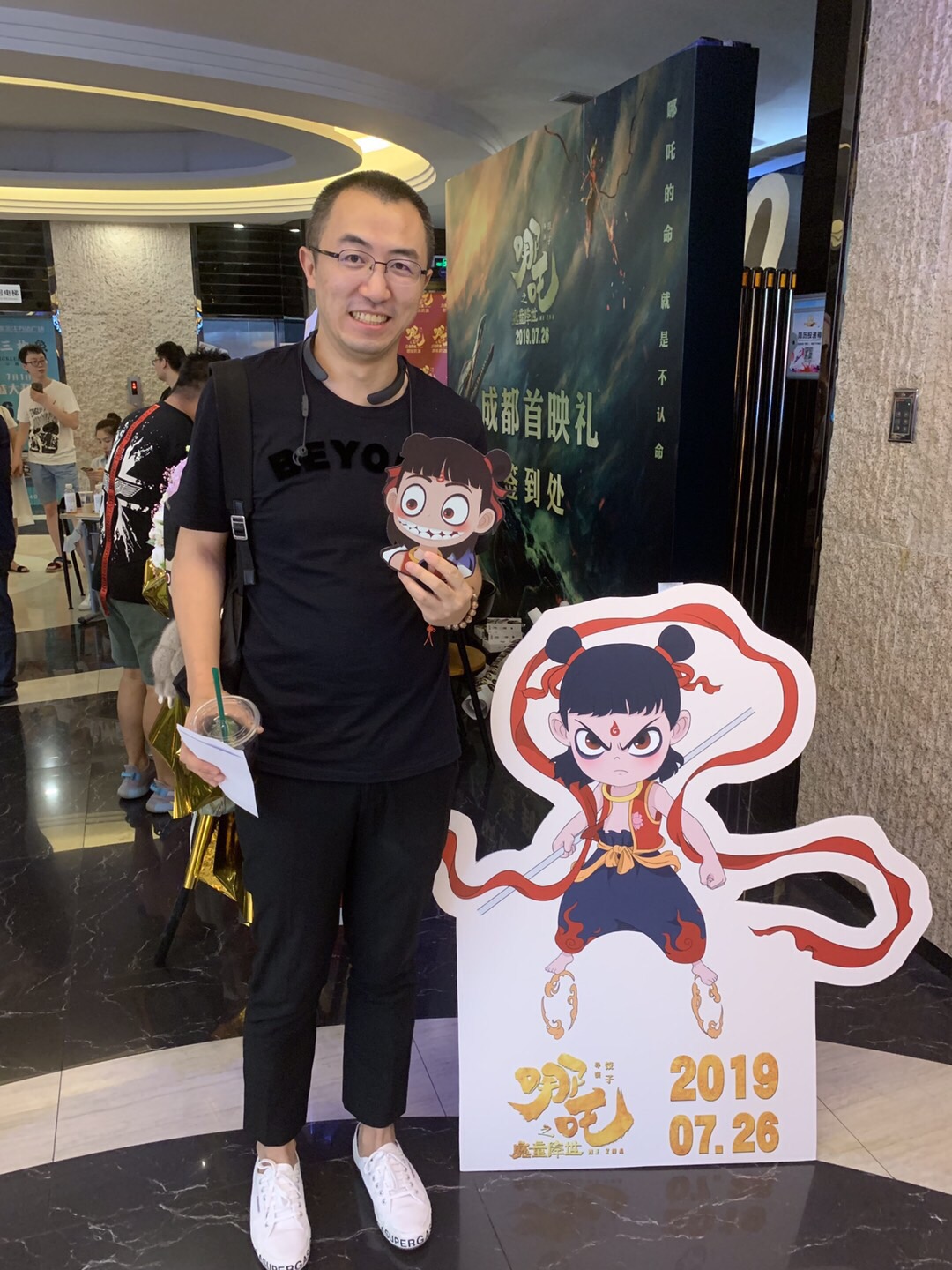On the evening of February 13, 2025, at 7:00 PM, the box office of Ne Zha 2 surpassed 10 billion RMB, marking a new peak for Chinese animated films. When Ne Zha: The Devil’s Child ignited the industry with a 5 billion RMB box office in 2019, the animation community in Chengdu may not have imagined that this city, once lacking leading companies, would become an important soil for the new power of domestic animation. Along the way, Dongke and Chengdu’s animation community have witnessed each other’s growth, marking the strategic shift from Dongke’s national expansion from Beijing in 2004 to its focus on one region starting in 2011.
1. 2010: From Beijing to Chengdu—A “Counterflow” Media Entrepreneurial Decision
Around 2010, the Chinese animation industry was highly concentrated in first-tier cities. At that time, Chengdu had no leading companies, but Dongke felt a unique sense of development mission for its hometown. More importantly, Chengdu’s vitality—“There are no barriers between small studios; everyone can freely share their real ideas and difficulties, and seek collaboration. Especially at the end of 2010 during the ‘Finding Direction’ event, almost all 40+ animation organizations in Chengdu participated in the exchanges.” This friendly, candid exchange atmosphere became the core reason for Dongke’s resolute decision to leave Beijing and return home. The support and encouragement from Chengdu’s animation community were a clear contrast to the “suspicion, even disdain” encountered in other regions.
“It’s not talent that’s missing here, but the soil to help talent grow.” Dongke observed early on that most Chengdu animation organizations were still confused, which led them to focus on “finding direction.” At the conference, attendees reached a consensus: they wanted to make animated films. Figures like Liu Wenzhang, Lu Hengyu, and Mao Qichao, when attending the event, all chose a path less traveled—creating original works and making films. Chengdu, as an inland city without platforms or capital, displayed a kind of stubborn ambition. After the conference, Dongke wasted no time in planning to settle in Chengdu and began to grow alongside the city’s animation community.
2. The “Leverage Effect” of Vertical Media: From Information Transmission to Ecological Catalyst
The value of professional vertical media extends far beyond reporting industry trends. Over the past 15 years, Dongke has consistently played the role of brand public relations:
- Industry Conferences: In 2010, the first animation industry exchange conference in Chengdu was held with the support of the Chengdu Youth League Committee’s Entrepreneurship Office, Beijing Wuzhou Communications Network Center, Sichuan Conservatory of Music, and Chengdu Academy of Fine Arts’ Animation Department. Over 40 participants had the opportunity to speak and exchange ideas.
- In 2014, on Dongke’s 10th anniversary, they facilitated deeper involvement of enterprises in industry activities, co-hosting events with Chengdu Qi Ying Animation.
- At the end of 2019, Dongke co-hosted the “Animation as Communication 3” conference with the Chengdu Animation and Game Association, gathering all of Chengdu’s animation enterprises responsible for new media to engage in industry exchanges and strengthen communication.
- Animation Art Exhibitions: At the end of 2011, Dongke collaborated with Langqiao Art Space to successfully hold a one-month animation short film screening and animation manuscript exhibition. It brought together animation majors from major art academies across the country. Compared to art museums in other cities, Chengdu truly felt like a blessing with its low venue fees.
- Investment Roadshows: At the end of 2017, Dongke began exploring ways to connect capital and animation teams based on industry development trends. Chengdu’s animation companies came together to actively share their latest developments and experiences.
- IP Licensing Matchmaking: In late 2024, with the support of the 2025 Shanghai Licensing Expo, Dongke and the Chengdu Animation and Game Association jointly hosted the first IP Licensing Matchmaking event, inviting 10 IP holders to attend and discuss potential collaborations.
These are the main ways Dongke has served the Chengdu animation industry ecosystem, providing a model for other regions. Dongke believes that China’s market is large and advantageous, but also acknowledges the challenges. Having the industry concentrated in one city helps foster mutual trust and cooperation between companies, allowing them to effectively utilize and develop local industry resources. For instance, Japan and South Korea’s industry clusters are based in their capital regions. When vertical media continuously serves as “connectors” and “accelerators” for the industry, scattered individuals can come together to create something monumental.
3. The Road Ahead: Ecological Health is More Important than Short-Term Explosions
Recently, various local governments have been researching how to better support the development of the animation industry. Based on the animation environment in Chengdu, Dongke offers the following four simple suggestions:
- Build a “Chengdu Animation Center” as a physical space for product sales, exhibitions, and leisure consumption scenes. Reference: Tokyo Anime Center in Japan.
- Promote the creation of an affordable shared office space dedicated to animation and gaming, to support the growth of small enterprises and creators. Reference: WeWork.
- Support the development and survival of industry vertical media. Reference: Game Tea House.
- Subsidize Chengdu art spaces for supporting animation and comic content exhibitions and children’s animation education. Reference: A4X Art Space.
Conclusion
Dongke’s transformation from media to brand public relations aims to enhance the brand recognition of animation enterprises and build momentum for the industry. For the future development of vertical media, it’s crucial to build trust and reduce communication costs. The industry is an ecosystem as a whole—vertical media should not be viewed as mere ambition, nor should there be excessively high expectations or cooperation costs. Instead, we should believe in growing together.
